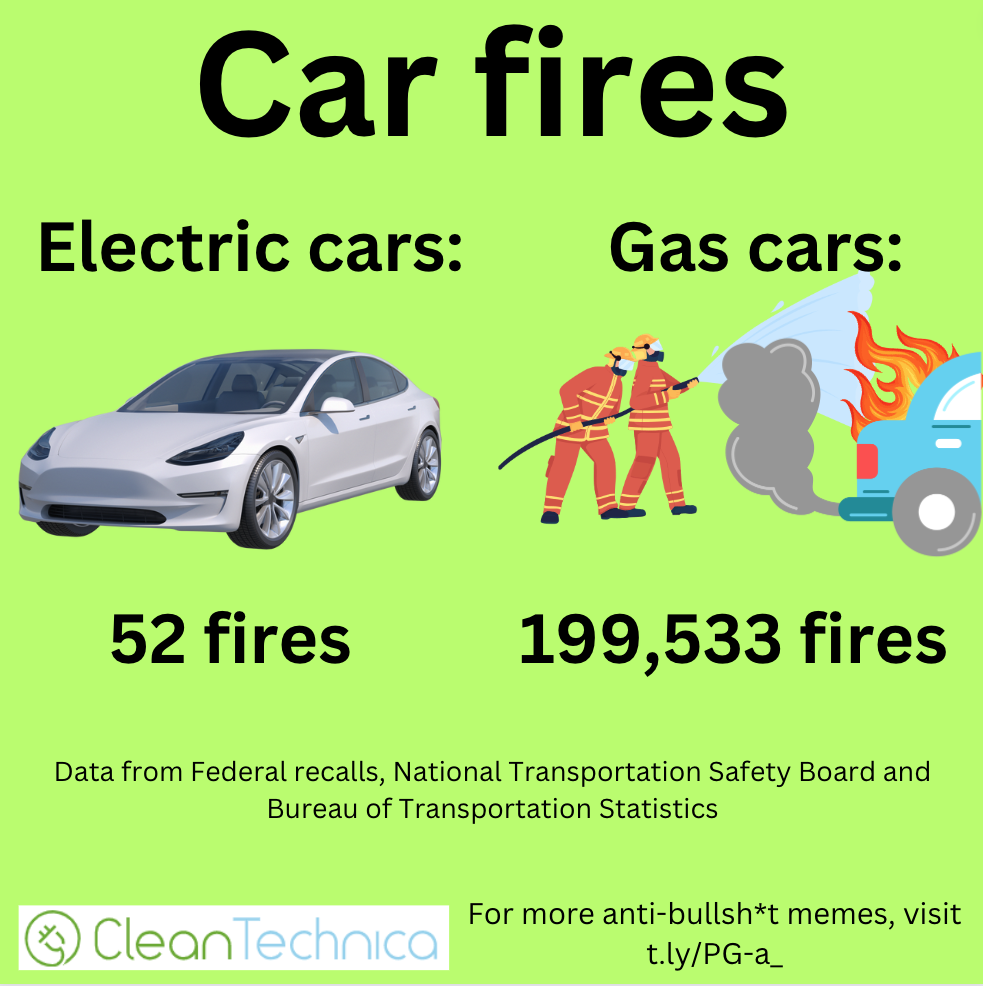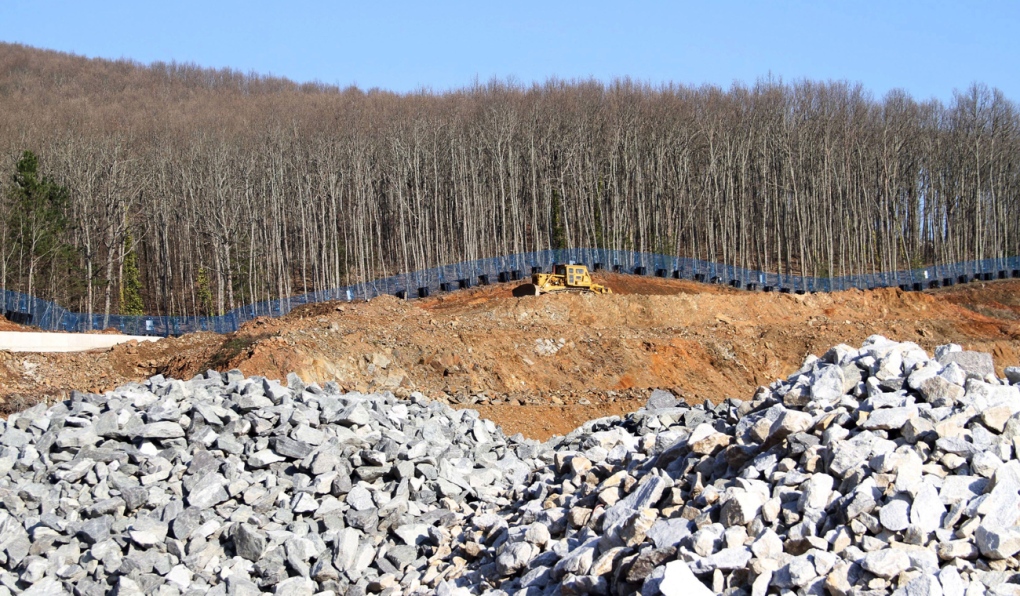Sign up for daily news updates from CleanTechnica on email. Or follow us on Google News!
The current media and political churn over the production and distribution of battery minerals is generating some energy of its own. The debate feels modern because it touches on the future of electric cars, wind turbines, solar panels, and energy storage. If we could only get our hands on some Vibranium! In reality, however, this is a classic question of balanced resource allocation.
What are the appropriate standards for mining, refining, and distributing this resource, given its manufacturing and political importance on one hand, and the potential for harmful social, environmental, and labor outcomes on the other? These concerns are not novel. In fact, they are centuries old—and those arguing that environmental and community protection standards must be sacrificed on the altar of progress are no more right today than they were when the same arguments were made on behalf of coal, timber, or whale oil.
To be sure, to meet our domestic and international goals of reducing US heat-trapping emissions by at least 50% by 2030, in service of limiting the worst impacts of climate change, the production of wind turbines, solar panels, and batteries must increase significantly. This will require an increase in the supply of materials used in their manufacture, including cobalt, lithium, nickel, and 47 other substances on the US Geological Survey’s official list.
While the US domestic supply of many of these minerals is limited, worldwide supply is extensive, meaning the US will have to partner with other countries, including European Union nations, Canada, Australia, Japan, and China (where much of the processing capability is currently concentrated), to help meet demand. This has led some policymakers to make a misguided call for relaxing US environmental and community protections to allow more rapid and widespread mining in the United States.
The loudest voices calling for expedited mining in the US in service of the transition to a cleaner economy lack credibility, however, because those same voices were in favor of expedited mining in the US long before the first Tesla rolled off the assembly line. Pitting clean vehicles and renewable energy against environmental and community protection makes a potent political wedge, but has no basis in science or policy.
Among the main targets of this push to “reform” the way mining is conducted in this country is the National Environmental Policy Act (NEPA). While the Biden Administration has worked to strengthen the law, those arguing we must “cut red tape” for new mines are in fact arguing for cutting planning, environmental assessment, and community consultation under the law. Recent legislation introduced by Senators Joe Manchin (I-WV) and John Barrasso (R-WY) is a collection of exemptions from the law and limits on judicial review of NEPA decisions.
In fact, NEPA was designed to assess difficult resource management decisions and allow local communities to engage in that assessment. A robust NEPA process is ideal for pursuing new domestic sources of battery minerals, where appropriate. New funding for NEPA work included in the Inflation Reduction Act (IRA) should improve the quality of NEPA documents and shorten the time required to complete them, but will require time to take effect.
In the meantime, no degradation of US domestic environmental standards is necessary, given the range of more responsible and effective strategies available. These include:
- Recycling: recycling and reuse of batteries, solar panels, and wind turbines can be expanded and made more profitable. Minerals can be recovered and used in the manufacturing of new products, reducing the need for newly mined materials.
- Ethical supply chains: the US should work with the international community to create an international market and supply chain for ethically sourced battery minerals, based on the concept of Free, Prior, and Informed Consent (FPIC).
- Reform the Mining Law of 1872: rather than undermining NEPA, the US should set the standard for responsible mining by reforming our outdated mining law to include modern environmental, justice, labor, and economic standards.
- Innovation: invest in innovative technologies that rely on fewer minerals, while diversifying the technologies we use.
- Better Principles: the policy focus should be on achieving our shared climate goals and a just and equitable transition to a cleaner economy, rather than on necessarily maximizing profit for private sector companies, even if they produce renewable energy components.
Employing these strategies would allow the US to ramp up our supply of battery minerals responsibly as demand increases. Expanded domestic mining could occur, but only after these steps have been taken, and then only pursuant to the highest environmental, labor, and community protection standards.
Choosing between a clean environment and clean energy is a false choice. Both are possible based on these strategies. Predictions that we must abandon core principles in the name of progress are not visionary; they are as old as the hills (and the minerals buried beneath them).
By David Watkins, Director of Government Affairs, Climate & Energy Program, Originally published on Union of Concerned Scientists’ The Equation.
Have a tip for CleanTechnica? Want to advertise? Want to suggest a guest for our CleanTech Talk podcast? Contact us here.
Latest CleanTechnica.TV Videos
CleanTechnica uses affiliate links. See our policy here.
CleanTechnica’s Comment Policy





